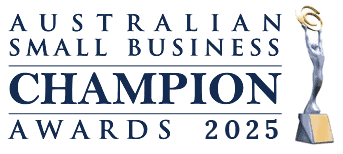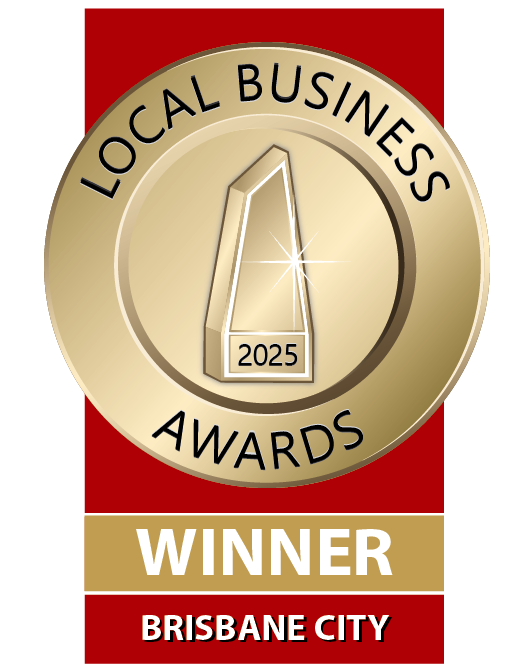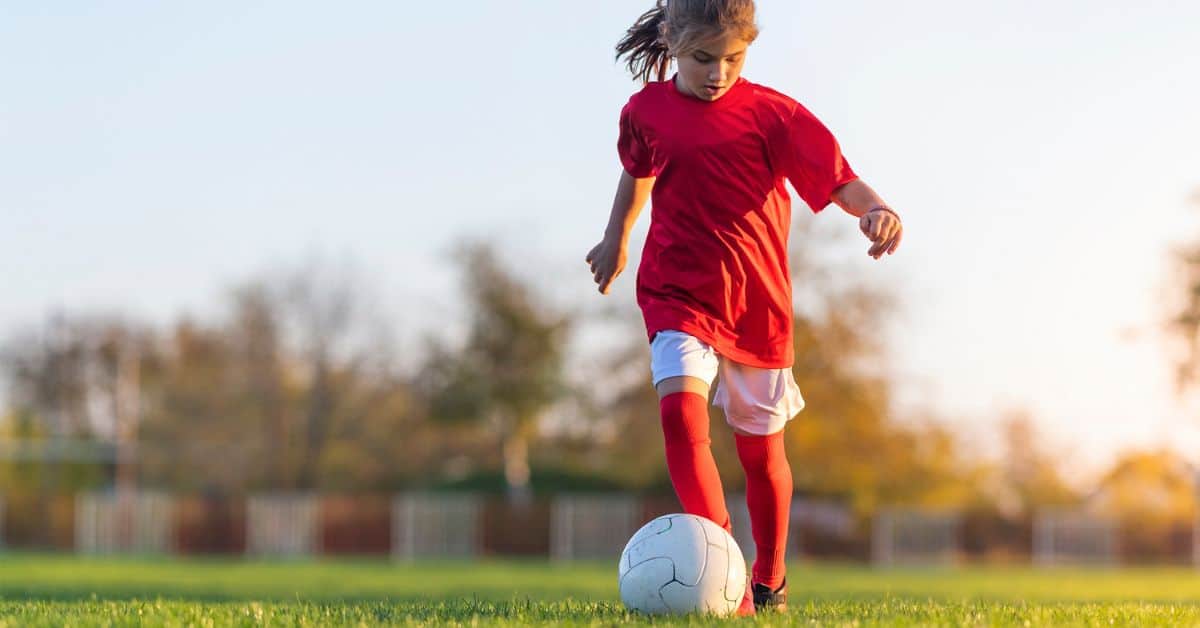If you have an active kid, you will know they hate missing out on the sport they love. Unfortunately, active sporty kids, particularly those playing field sports like soccer, AFL, NRL and hockey, are especially prone to certain injuries. This is why all our podiatrists are trained in kids’ podiatry and are ready to help assess and treat pain and injury in sporty kids.
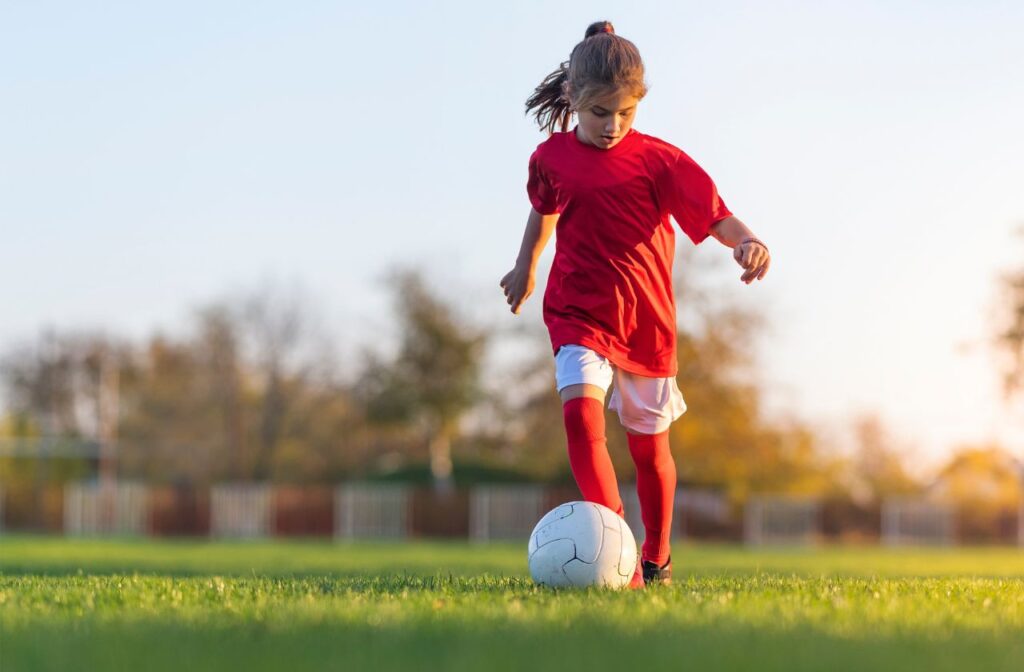
Which sports cause injury and pain in kids?
Simply put, any sport can cause injury and pain in kids, and both boys and girls are affected at similar rates when they are active. However, certain sports can make your child more prone to specific age-related pains. We all have heard the term “growing pains,” which generally refers to the pain kids can get when going through growth spurts. While all children can be affected, research shows active kids are more likely to experience foot, leg, and knee pain during rapid growth spurts.
Growing pains occur when the bones of their lower limbs grow faster than their muscles, resulting in a pull and stretch on the muscles. Lower limb pain is commonly located either in the muscle belly (e.g. back of the calves) or at the muscle attachment points (e.g. the achilles tendon). Children are more likely to experience pain if there is a family history of growing pains. Similarly, sports that involve lots of rapid muscle contraction and extension involving the calf and quadricep muscles (e.g. bursts of running and kicking in soccer) will accelerate the stretch and strain on already undergrown muscles and tendons, leading to increased pain needing kids’ sports podiatry.
Sports increasing injury rate include:
- Soccer
- Basketball
- Hockey
- AFL
- NRL
- Running (particularly fast-pace)
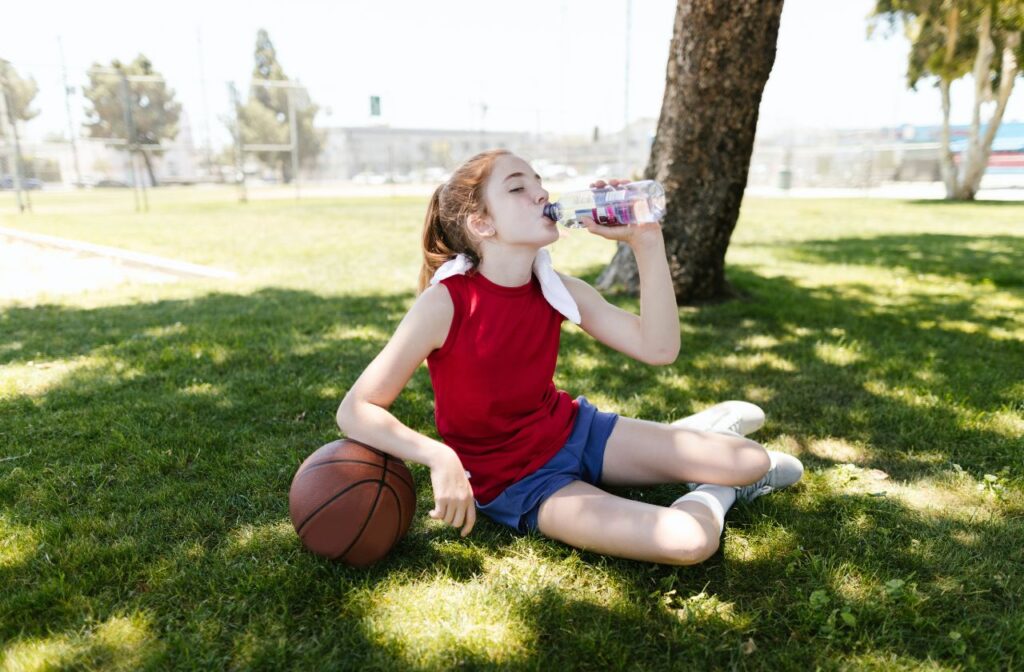
What are the conditions that require kids' sports podiatry?
Growing pains do not occur in the joints themselves. Some growing pains are a bit different and associated with the fusion of children’s bony growth plates. These are named depending on the growth plate involved. The three most common conditions occurring in the lower limbs are called:
- Osgood-Schlatters
- Sinding-Larsen Johansson
- Sever’s disease
Luckily, these conditions are self-limiting (aged out of) and highly treatable with a podiatrist’s help.
Between ages 8 and 14, a specific kind of growing pain causes foot pain in children. It occurs in the heel bone and is commonly referred to as Sever’s Disease (Calcaneal Apophysitis).
Sever’s disease occurs when the growth plate on the back of the heel bone experiences excess movement from the rest of the heel bone (calcaneus) and becomes inflamed. This often results from muscle tightness in the calves during leg growth spurts. The problem is compounded by high activity, certain sports (commonly soccer), and sometimes foot posture (e.g., flat feet).
A child with Sever’s Disease will often complain of heel pain in one or both feet, particularly after playing sports. Your child may even display a limp and be very protective of their foot when doing anything involving the achilles tendon (e.g., not wanting to jump, hop, or walk up or down stairs). Sometimes children may ‘tip-toe walk’ which may be confused with Sever’s Disease, but usually there will be no associated heel pain in this case.
One of the most common questions we hear at Advance Foot Clinic is, “Can you play sports with Sever’s Disease?” The answer is yes, as long as the right treatment plan is in place. If you suspect your child may have Sever’s Disease, a knowledgable podiatrist can assess their condition, provide a diagnosis, and create a treatment plan to help them get back to playing sports pain-free.
Osgood Schlatter’s disease occurs when the patella (kneecap) tendon attaches to the tibia (shin bone). This attachment point is close to the tibia growth plate, making it a weak point in a child’s growing legs. As a result, sometimes, a child will experience a very painful point on the front of the leg a few centimetres below their kneecap. Often, there will be a prominent lump in the area due to the inflammation involved.
Osgood-Schlatter’s can occur on one or both legs. It is most common in active kids who play a lot of running and jumping sports. Like most growth-related conditions, it will self-resolve in months to years when the growth plate has fused. There are, however, methods of symptom relief and biomechanical assessments and adjustments that a podiatrist can provide to make your child more comfortable as they grow.
Sinding-Larsen Johansson’s disease is a very similar condition to Osgood-Schlatter’s disease. It refers to inflammation of the growth plate of the patella (kneecap). Pain occurs at the patella tendon’s origin, right at the bottom of the kneecap. As with Osgood Schlatter’s disease, while the condition will self-resolve, a podiatrist can help your child be more comfortable in the short term.
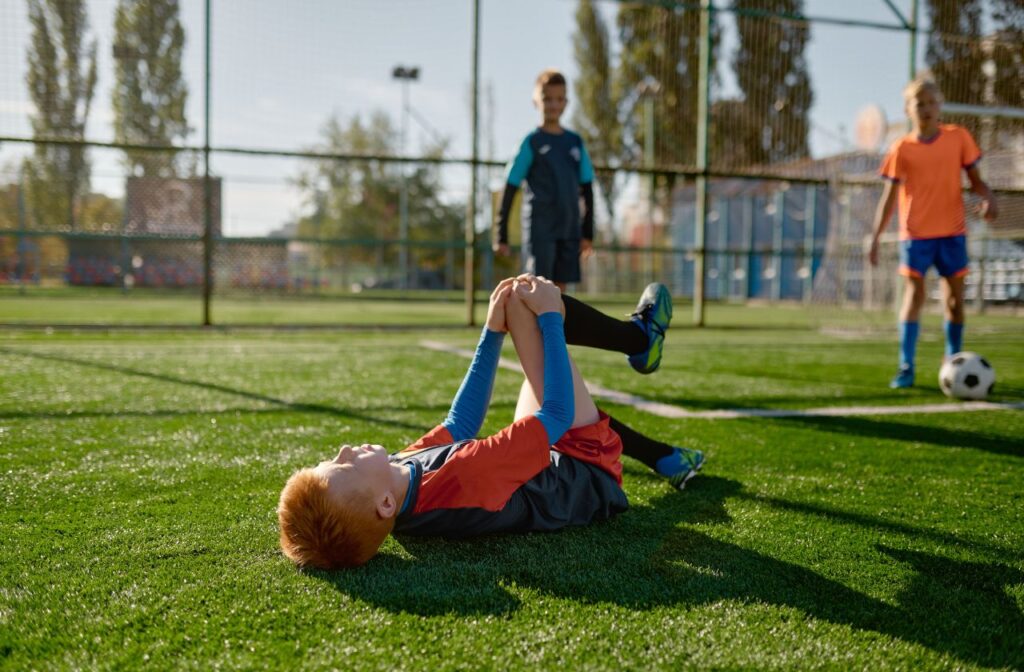
Hypermobility needing kids' sports podiatry
Hypermobility refers to joints that can extend beyond agreed-upon normal ranges. This is more common in children than adults and usually runs in families. Hypermobility can be general (whole body) or present mainly in the upper or lower limbs.
Hypermobility poses a problem for children as the ligaments designed to keep joints in place are more lax than they should be. This stability is especially important as children grow and are actively playing sports and running around. When joints are less stable than they should be, sprains, dislocations and muscle strains are far more common. If your child experiences frequent injuries when playing sports, taking them to an experienced podiatrist at Advance Foot Clinic is probably a good idea.
In podiatry, we often see children with hypermobility complaining of sore ankles, knees and hips. They may have a history of frequent ankle sprains or unsteady, uncoordinated gait. If this sounds like your child, you should bring them to a podiatrist for an assessment. A podiatrist will rule out any other foot problems and can provide footwear advice, supportive strapping and custom orthotics to stabilise the loose joints and reduce lower-limb injuries and pain.
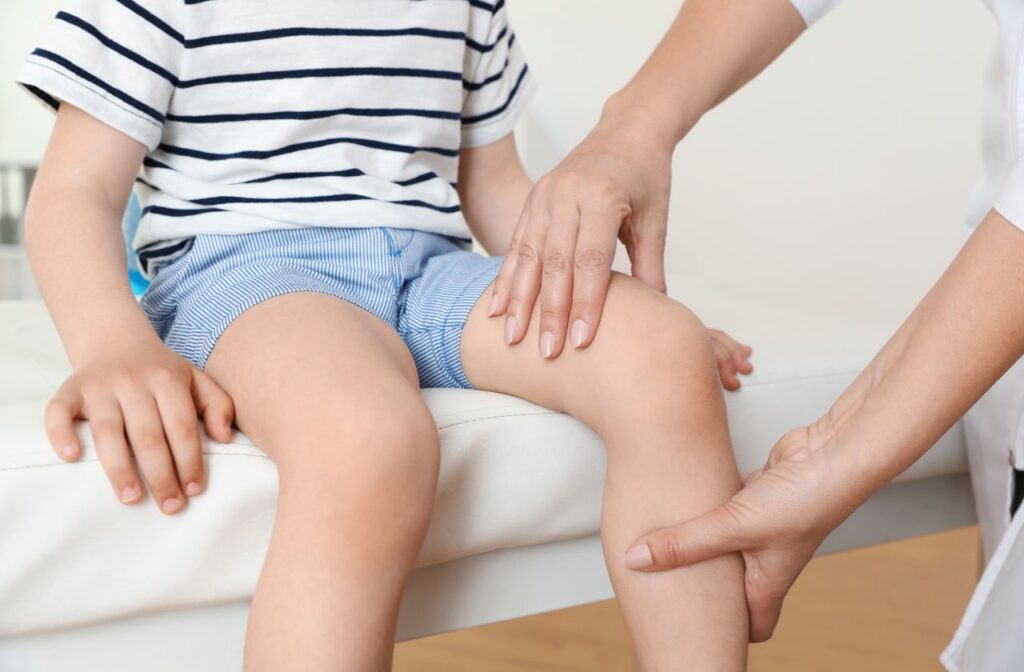
How does a podiatrist help with kids' sports podiatry?
While many problems that happen when playing kids’ sports are related to growth stages and can be classified as ‘growing pains, ’ it does not mean your child has to suffer or give up the sport. Often, a podiatrist can identify a biomechanical contribution to the problem (e.g. flat feet or a tight muscle group), which can be addressed to greatly improve your child’s symptoms. When you bring your child in for a kid’s sports podiatry appointment, you can expect:
- Assessment of the problem occurring and a diagnosis
- Effective treatment (e.g. custom foot orthotics, stretching and strengthening program)
- Advice on the right shoes for school and sport that provide proper arch support for children’s feet
- Padding and footwear modifications
- Foot, ankle or knee strapping
- Pain management advice
- A long-term treatment and return to sport plan
Other Common Foot Problems in Children
Aside from sport-related conditions, children may face various foot problems that can affect their movement, comfort, and overall well-being. Here are some common issues we see at Advance Foot Clinic and how they’re managed:
Developmental conditions
Conditions like in-toeing (commonly called pigeon toes) can sometimes affect coordination and balance. Intoeing can stem from a few different causes, and podiatrists will assess your child’s gait and provide tailored advice. While many children naturally grow out of it, stretching exercises can greatly improve alignment and movement in the meantime.
Flat feet and bunions
Flat feet are common in children and can sometimes cause discomfort, especially during physical activities. While rare in younger kids, bunions can develop in teenagers due to genetic factors or poorly fitting footwear. Podiatrists can recommend the best shoes, exercises, or orthotics to help alleviate these issues.
Active kids, especially those playing sports like soccer, are prone to ingrown toenails from tight-fitting boots that cause friction and pressure on their toes. We often see children in our clinic with painful or infected toenails from improper footwear, making it difficult to play sports or wear shoes. Our podiatrists assess the condition and develop a treatment plan to get them back on the pitch, pain-free, as quickly as possible.
Trust Advance Foot Clinic to keep your child moving pain-free
Our podiatrists are ready to help with any problems with kids pain or injury. We offer kid’s sports podiatry appointments at all of our four clinics around Brisbane and our Mount Isa clinic. To book an appointment for your child, simply call our friendly team on 1300 76 33 66 or book online.
